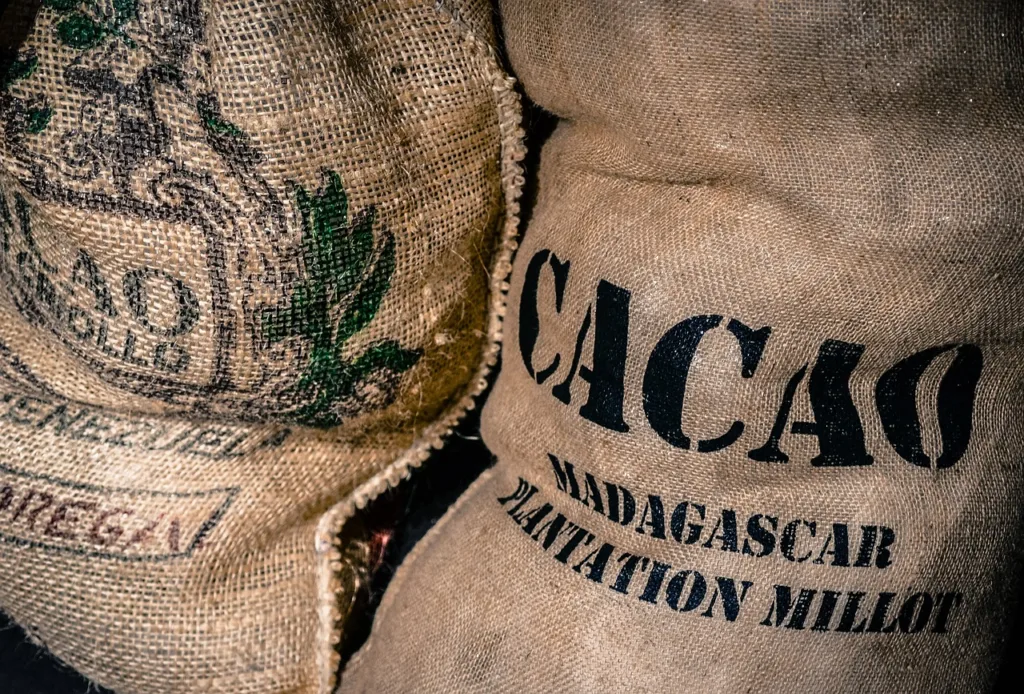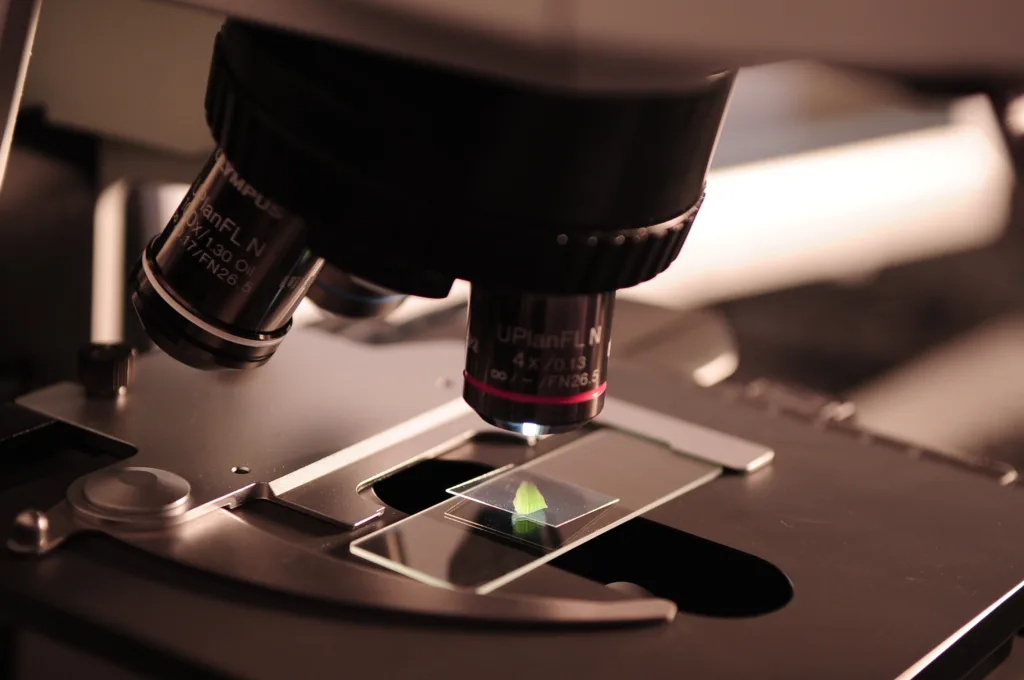Chocolate isn’t just a sweet treat; it has some serious benefits.
NOTE: Because dark chocolate is high in calories and fat, it should be used in moderation.
When it comes to satisfying sweet cravings, nothing quite beats the decadent taste and velvety texture of dark chocolate.
But did you know that this delicious treat also has some hidden health benefits?
Science has shown that the compounds found in dark chocolate can not only boost our mood but also have a positive impact on our physical health.
Imagine biting into a piece of rich, dark chocolate, letting it melt slowly in your mouth, with the complex flavour notes of cocoa, nuts, and even fruit filling your senses, and feeling an instant sense of satisfaction and well-being wash over you.
Table of Contents
The science behind this experience is fascinating, and in this article, we’ll delve deep into it.
We’ll explore why the taste, texture, and aroma of dark chocolate have such a positive impact on our emotions and how the compounds found in it contribute to its health benefits.
So, next time you reach out for that bar of dark chocolate, savour it, not just for its taste but also for the benefits it holds.
Trust me, your taste buds and your body will thank you.
THE SCIENCE OF DARK CHOCOLATE

One of the key compounds found in dark chocolate is cocoa flavanols, which is a type of bioactive compound.
FOODS RICH IN FLAVONOIDS
Berries
The flavonoids found in all berries vary in strength, with some being significantly more beneficial than others.
Blackberries have all six types of flavonoids, making them a potent fruit.
All flavonoids can be found in berries like blueberries, cherries, and raspberries. To a lesser extent, anthocyanidins can be found in strawberries.
Red Cabbage
Red cabbage is another excellent food source of anthocyanidins.
Anthocyanidins have been studied in particular for their possible ability to prevent cancer, heart disease, diabetes, and cognitive problems that come with getting older.
Onions
It should come as no surprise that onions are the foundation of so many different cuisines.
In addition to enhancing the flavour of any dish, this lowly vegetable is a veritable vitamin fortress.
Onions have a lot of flavonols, which have been shown to lower the chance of getting prostate cancer.
Kale
The flavonols in kale are excellent for your health.
Kale leaves are incredibly versatile and can be used as a salad foundation or added to other dishes like soups and stews to increase their nutritional content.
You may mask the flavour of kale by using it in foods like smoothies and protein shakes if you don’t care for the way it tastes on its own.
Parsley
In the average American diet, parsley is the primary source of flavonols.
For every gramme of parsley, you’ll find more than 130 milligrammes of flavonols.
Blend it into sauces and broths, or sprinkle it on top of your meal just before serving.
Tea
Drinking tea is a simple method to increase your intake of flavonoids.
Green, oolong, and black teas all have a lot of flavanols, which are good for the health of your heart and brain.
Red Wine
Red wine is an excellent source of flavanols as well.
Consuming moderate amounts of red wine has many health benefits, including a reduced risk of cardiovascular disease.
Dark Chocolate
Flavanols can be found in abundance in both chocolate and cocoa.
Particularly, cocoa has been investigated for its preventive effect on the cardiovascular system and its ability to improve cognition.
Lemons, Oranges, and Other Citrus Fruits
Flavanones can be found in citrus fruits such as oranges, grapefruits, tangerines, lemons, and limes.
When you juice these fruits, you maximise your body’s access to these beneficial phytochemicals.
Squeezing fresh lemon or lime juice into cold water is another way to increase its health benefits.
Soybeans
Isoflavones can be found in the highest concentration in soybeans, which occur in a wide variety of food forms.
Consuming soybean products like edamame, tofu, tempeh, and soy sauce is an excellent method to add more isoflavones to your diet.
Cancers of the reproductive system, including those of the breast, ovaries, prostate, and testicles, have been the focus of research into the potential protective effects of isoflavones.
THE RESEARCH

Scientists at the University of California, San Francisco also looked at how chocolate drinks with a lot of flavanols in the cocoa could affect stem cell and blood vessel health.
Dr. William Li explains in the video below explains the research and how cocoa helps increase blood flow.
Sixteen people with established coronary artery disease were enlisted and split in half.
The flavanol level of the hot chocolate given to one group was extremely low, at just 9 mg per serving.
In the second group, participants were given hot cocoa (dark chocolate) containing 375 mg of flavanol per serving (42 times more flavanol).
Both groups were given two cups of hot chocolate per day for a whole month.
The results of the participants’ blood tests were compared at the end of the trial.
Remarkably, the number of circulating stem cells was doubled in participants who drank the high-flavanol hot cocoa compared to those who drank the low-flavanol cocoa.
Scientists aimed to see if cocoa actually increased blood flow.
Therefore, they utilised a test known as flow-mediated dilation, which measures the rate at which blood vessels dilate following constriction using a blood pressure cuff and an ultrasound scanner.
A high dilation rate is associated with less damage to the vessel walls and better health in general.
The results of the group that was given high-flavanol cocoa were twice as good as the results of the control group. This shows that the cocoa helped with circulation.
The researchers found that the effect on stem cell levels was similar to that seen with statins, which are commonly used to decrease cholesterol and are also known to improve stem cell levels.
THE BRAIN EFFECTS OF DARK CHOCOLATE
Dark chocolate is not only a delicious treat, but it’s also packed with a variety of chemical compounds that have a range of effects on our brain.
When we take a bite of dark chocolate, the taste and texture are certainly enjoyable, but our brain is also taking in a host of compounds that can improve our mood, cognitive function, and overall well-being.
These are antioxidants that occur naturally and have been shown to improve blood flow to the brain and improve brain function.
This is the reason many people find that they can focus better and feel more alert after eating dark chocolate.
Another compound found in dark chocolate is tryptophan, an amino acid that helps produce serotonin, a neurotransmitter that regulates mood.
This is why dark chocolate is often associated with feelings of happiness and well-being.
In addition to these compounds, dark chocolate also has caffeine and theobromine, which are both stimulants that can help make you more alert and help you focus.
To sum up, dark chocolate is not only a tasty treat; it is also a nutrient and chemical compound powerhouse with several impacts on our body, particularly our brain.
The science behind it is fascinating, and understanding it can help us appreciate the treat even more.
We’ve seen how dark chocolates’ cocoa flavanols, tryptophan, caffeine, and theobromine can increase our blood flow, cognitive performance, mood, and mental alertness.
As previously said, it can benefit our entire health and well-being.
It can help you feel less stressed, improve your mood, sharpen your mind, and maybe even lower your risk of heart disease.
NOTE: Because dark chocolate is high in calories and fat, it should be used in moderation.
So, next time you take a bite of dark chocolate, you can appreciate not only its taste and texture but also the positive effects it’s having on your brain and body.
If you found this article informative and interesting, be sure to check out the website for more articles on health and wellness. It has a wide range of topics that will help you learn more about how to take care of your body and mind.




